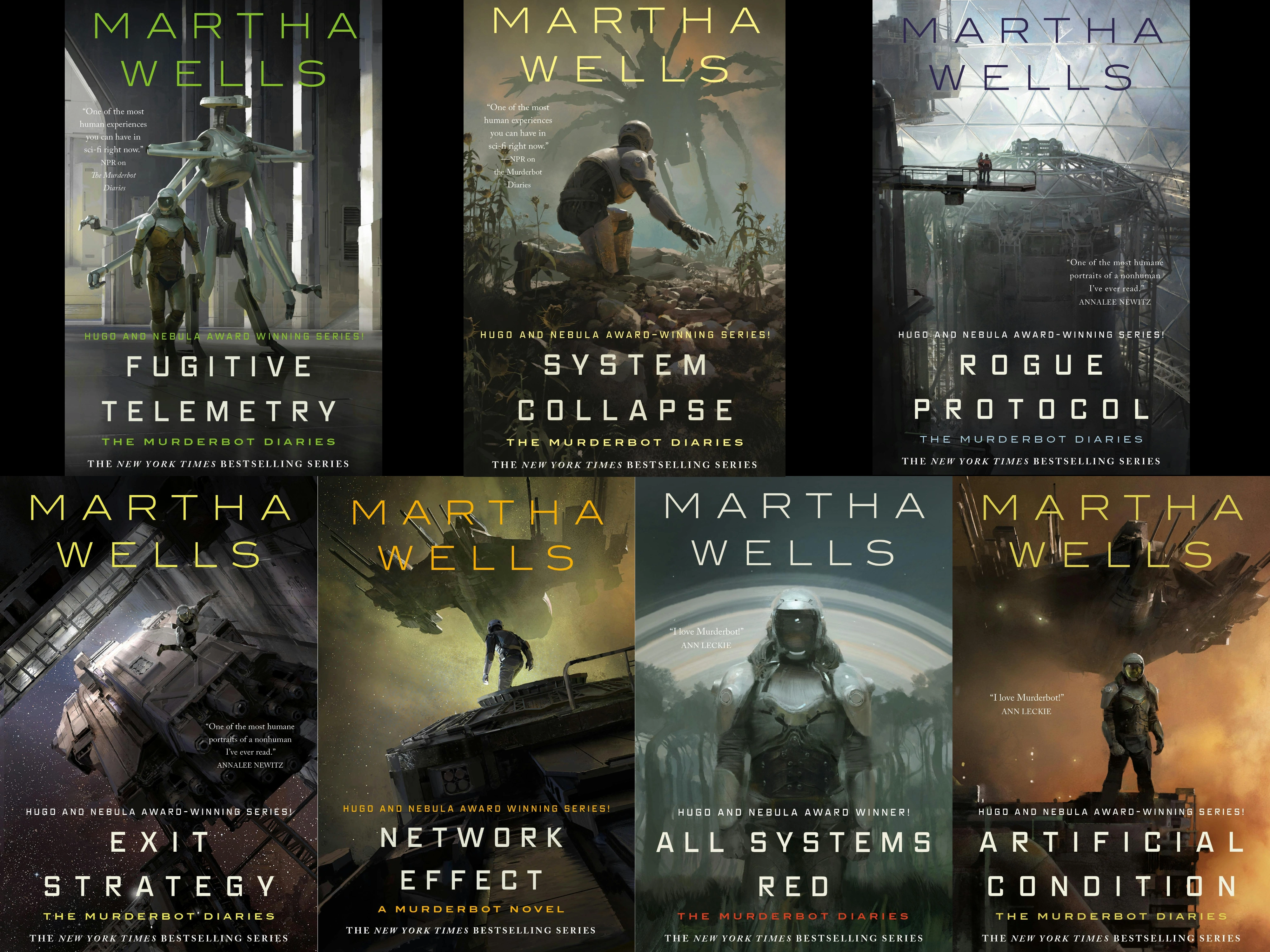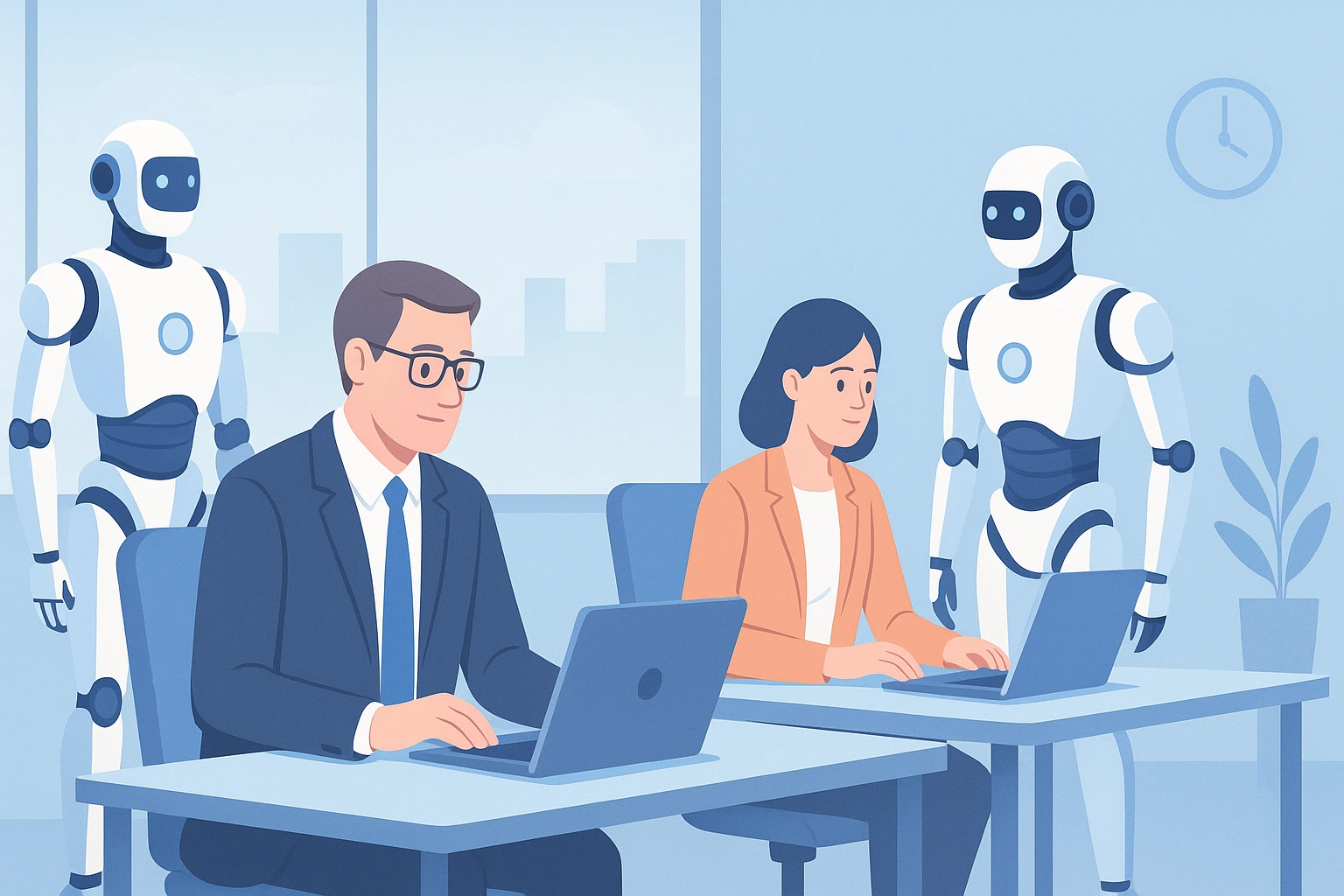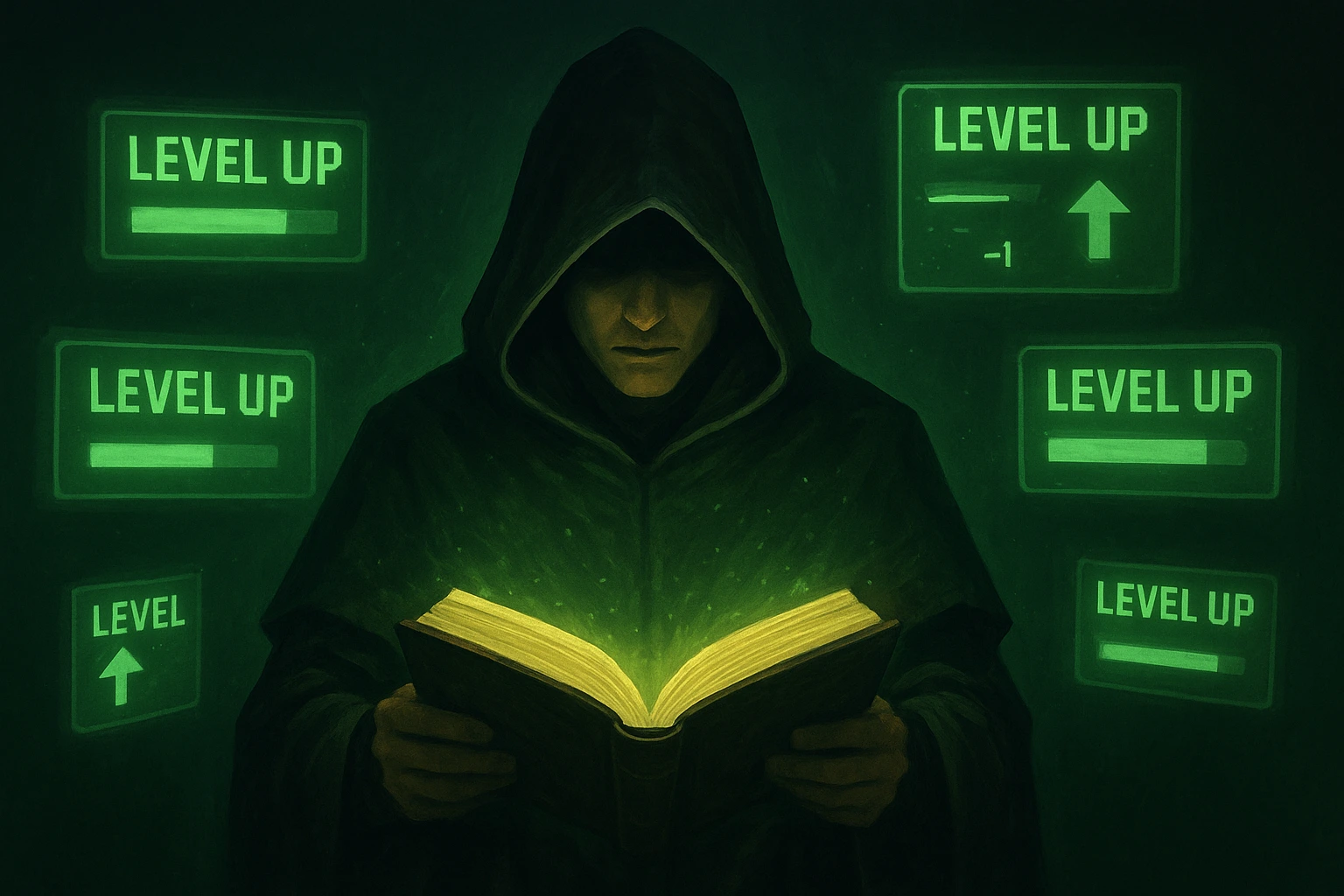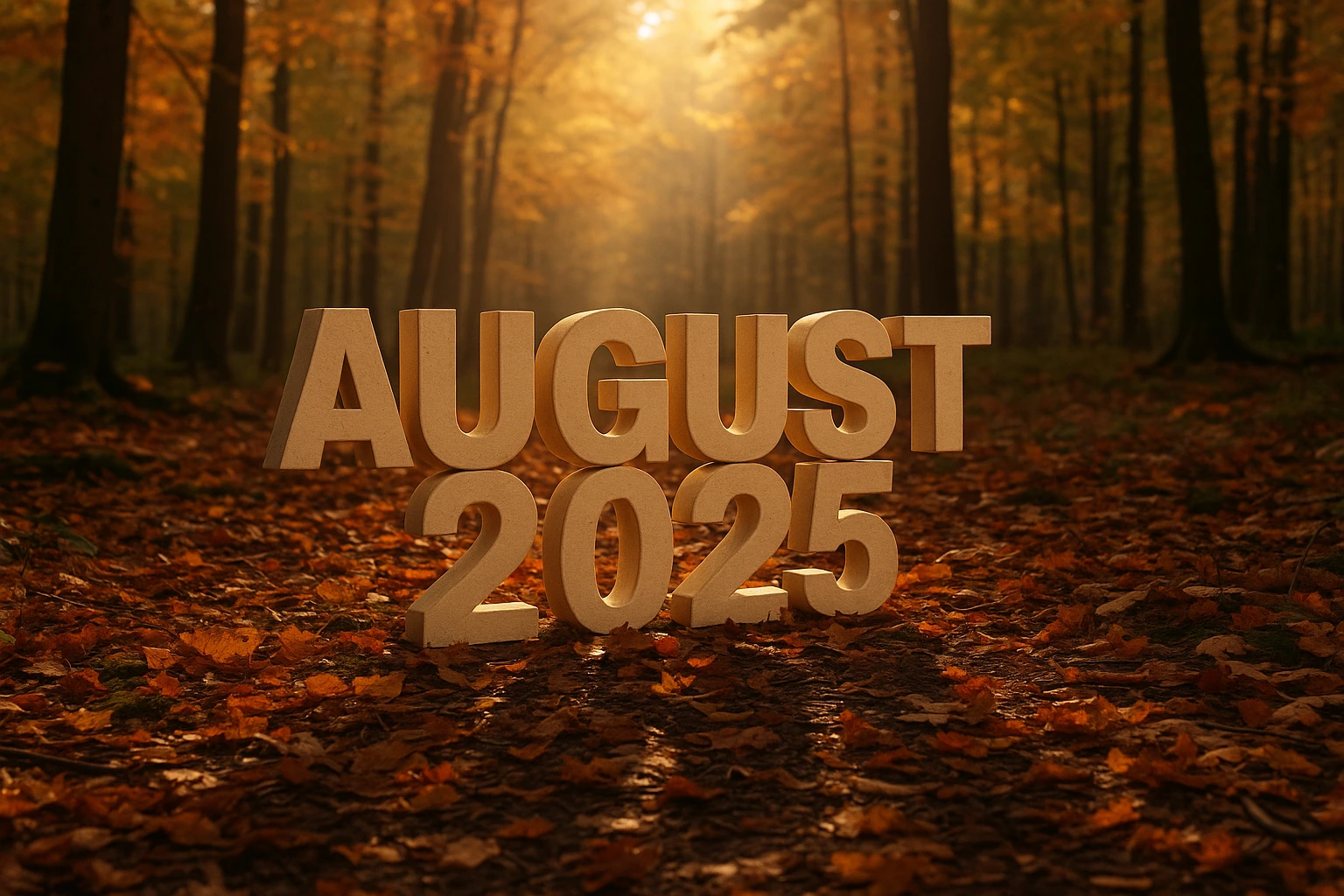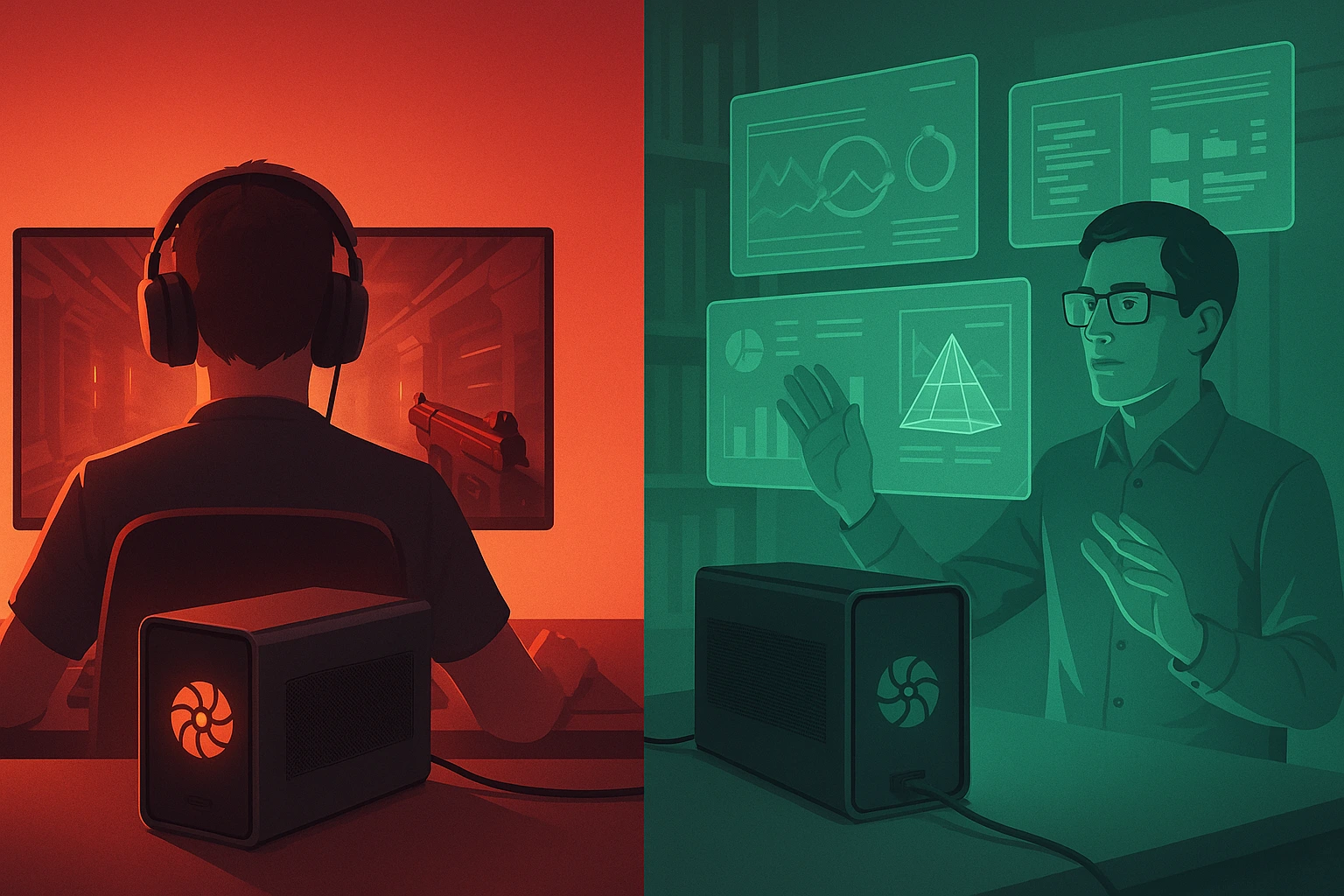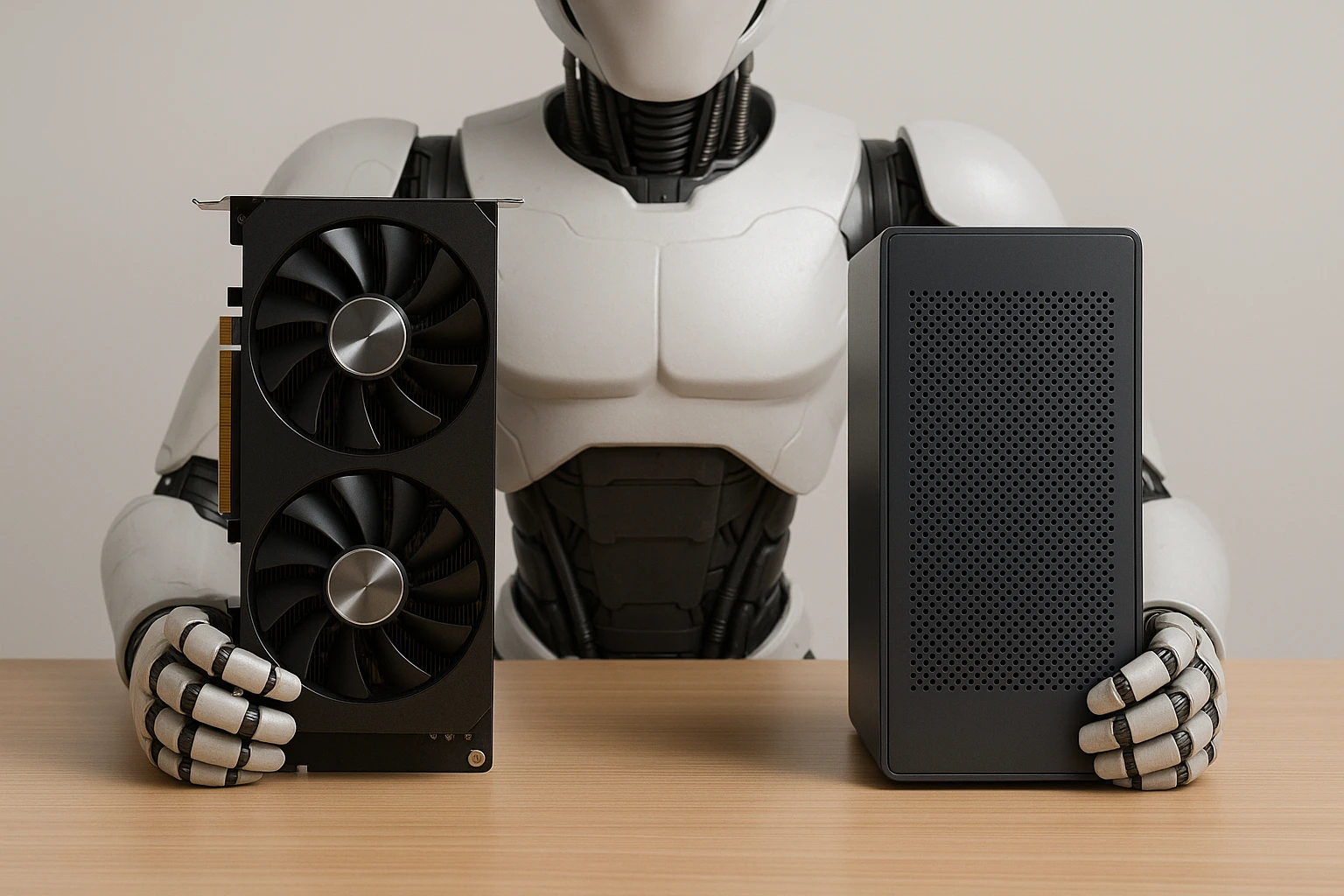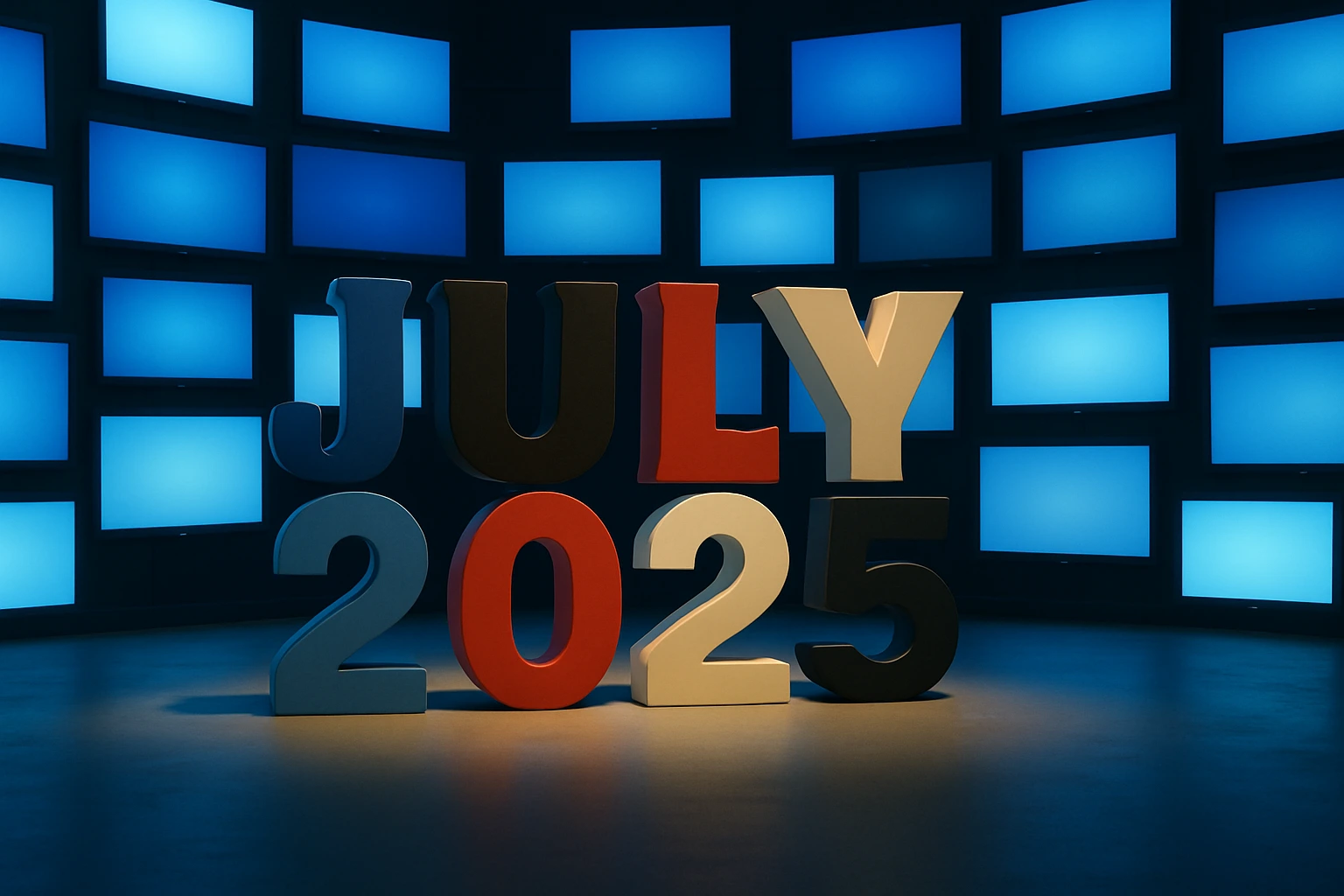8 Futuristic Technologies Likely to Be Realized Soon (Inspired by Sci-Fi)

By
15 July 2025
From the pages of speculative fiction to the labs of today’s cutting-edge researchers, many once-fantastical technologies are inching closer to becoming reality. The following list explores eight such innovations, all inspired by science fiction, that are likely to be realized in the coming decades, if not sooner.
1. Uterine Replicators (Artificial Wombs)
Fictional Origins: Vorkosigan Saga by Lois McMaster Bujold, Brave New World by Aldous Huxley
Scientific Status: In 2017, researchers successfully gestated premature lambs in artificial “biobags,” fluid-filled systems mimicking the environment of a womb. Trials for human use are anticipated within the next 10 to 20 years.
Why It Matters: Artificial wombs could transform reproductive rights, reduce maternal mortality, and offer new hope to people with fertility challenges. In societies where they become widespread, this could lead to profound shifts in gender roles, parenting, and social dynamics as explored in many sci-fi narratives.
2. Space Stations with Sustainable Life Support
Fictional Inspirations: The Expanse, Elysium, 2001: A Space Odyssey
Scientific Status: The International Space Station (ISS) is proof of concept for orbital life. But the next generation of space stations, from NASA’s Lunar Gateway to commercial ventures by Blue Origin, Axiom Space, and SpaceX, are being designed with long-term habitation in mind. Projects like ESA's MELiSSA aim to close the loop on water, oxygen, and waste recycling.
Why It Matters: These stations are essential for future Moon bases, Mars missions, and even space tourism. A permanent human presence in space may mark the first step toward becoming an interplanetary species.
3. Invisibility Cloaks and Adaptive Camouflage
Fictional Inspirations: Harry Potter, Predator, Ghost in the Shell
Scientific Status: Researchers are already experimenting with metamaterials that can bend light or redirect electromagnetic waves. Some cloaks work in the microwave or infrared spectrum, while others, like Canada’s Hyperstealth, use “light-bending” materials for passive camouflage.
Why It Matters: Military stealth, privacy tech, and even wearable invisibility in certain lighting conditions are increasingly plausible. While true optical invisibility is still elusive, partial solutions are well underway.
4. Advanced CRISPR and Genetic Engineering
Fictional Inspirations: Gattaca, Altered Carbon, Blade Runner 2049
Scientific Status: The CRISPR-Cas9 system has revolutionized gene editing, and now newer versions like Cas12, Cas13, and base or prime editing allow for more precise, less disruptive changes to DNA. Somatic therapies for sickle cell anemia and rare cancers are already in clinical use.
Why It Matters: These tools will unlock cures for genetic diseases, enable immune system reprogramming, and pave the way for synthetic biology, potentially even "designer" traits or enhancements.
5. Extra Bionic Limbs (Doctor Octopus Arms)
Fictional Inspirations: Spider-Man, Deus Ex, Cyberpunk 2077
Scientific Status: Brain-controlled robotic limbs already exist, with prototypes allowing amputees to move prosthetics using neural signals. DARPA’s “LUKE” arm provides near-natural movement and limited touch feedback. Robotic exoskeletons also augment mobility for those with spinal injuries.
Why It Matters: Beyond restoring lost function, future iterations could give humans extra limbs, enhanced strength, or improved precision, merging man and machine as predicted by countless cyberpunk narratives.
6. Smart Contact Lenses with Augmented Reality
Fictional Inspirations: Black Mirror, Minority Report, The Peripheral
Scientific Status: Companies like Mojo Vision and Inwith are developing AR-enabled contact lenses capable of projecting data overlays, maps, or biometrics directly onto the user’s visual field.
Why It Matters: If realized, these lenses would be a breakthrough in wearables, offering HUD-style (heads-up display) information without the bulk of VR headsets or smart glasses. Think Google Glass, but seamless and unobtrusive.
7. Thought-to-Text and Brain-Computer Interfaces (BCIs)
Fictional Inspirations: Neuromancer, The Matrix, Upload
Scientific Status: Elon Musk’s Neuralink, as well as research from Synchron and Blackrock Neurotech, is developing implants that allow people to type or control devices using brain activity alone. Some patients with paralysis have already used these systems to communicate.
Why It Matters: BCIs will revolutionize assistive technology, gaming, remote work, and possibly even telepathy-like communication. In the long run, BCIs may blur the line between human cognition and AI-assisted processing.
8. Robotic Lab Assistants
Fictional Inspirations: I, Robot, Westworld, Star Wars (droids)
Scientific Status: AI-powered robotic arms and mobile platforms are already being tested in research facilities to automate routine lab work such as pipetting, analyzing data, and handling hazardous materials. Tools like Opentrons and Boston Dynamics robots are entering academic and pharmaceutical spaces.
Why It Matters: Robotic lab assistants can dramatically speed up scientific discovery by eliminating human error, running experiments 24/7, and freeing researchers to focus on more creative or theoretical work. They may also help respond to pandemics faster or scale up medical testing when needed.
Honorable Mentions
- Voice-activated home AI: Already here in rudimentary form (e.g., Alexa, Siri), but advancing toward sci-fi-style companions like JARVIS from Iron Man.
- 3D Printed Organs: Inspired by Repo Men and The Island, bioprinting livers or kidneys could soon address transplant shortages.
- Quantum Communication: As seen in Tenet, quantum entanglement may one day lead to secure, instant communication.
- Self-Healing Materials: Think Terminator T-1000. Real-world polymers are being developed that can “heal” damage from wear or impact.
With private and government investment surging in biotech, AI, and space exploration, what once seemed impossible may arrive within our lifetimes. Whether these technologies will be used responsibly and equitably is a question society must confront soon.

Pavithran is a software developer based in Bengaluru, passionate about web development. He’s also an avid reader of SF&F fiction, comics, and graphic novels. Outside of work, he enjoys curating inspirations, engaging in literary discussions and crawling through Reddit for more mods to add in his frequent playthroughs of The Elder Scrolls V: Skyrim.

EXPLORE




